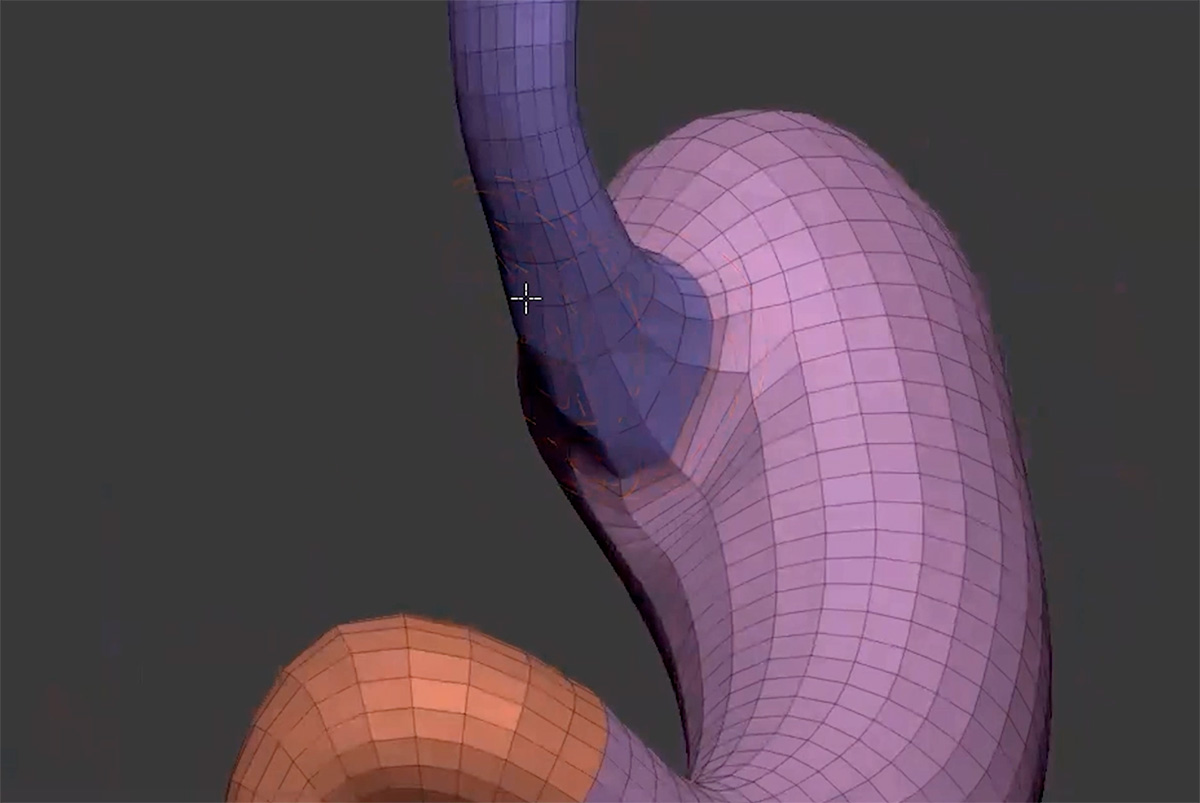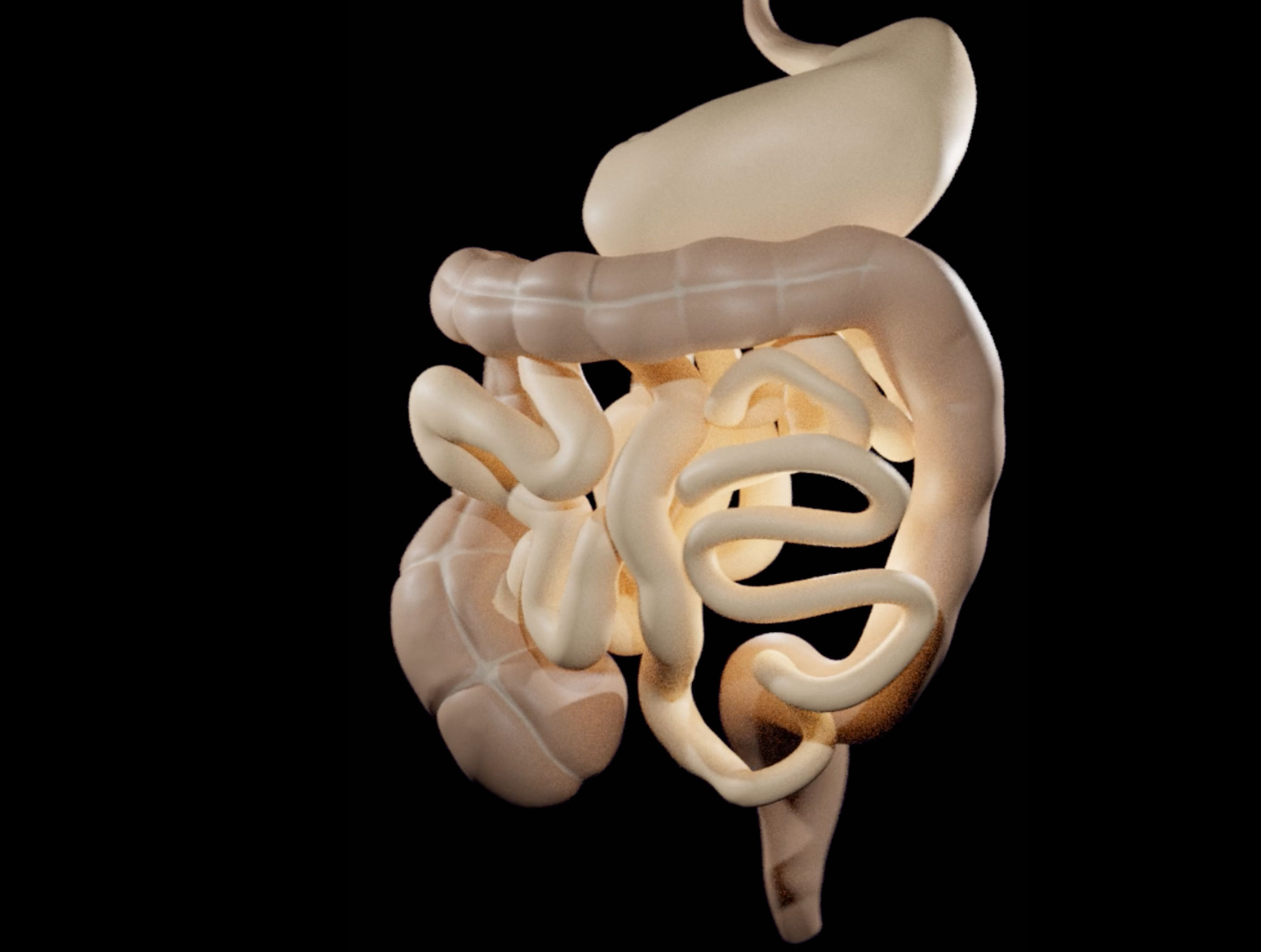400–300 BCE
Digital imaging and history of medicine
ATLOMY Project: Orly Lewis, Yael Baron, Dmitry Ezrohi, Yotam Giladi, Shay Hermon, Nir Propper, Marco Vespa
ATLOMY is based at the Department of Classics at the Hebrew University of Jerusalem
and funded by the European Research Committee, GA 852550.
and funded by the European Research Committee, GA 852550.








